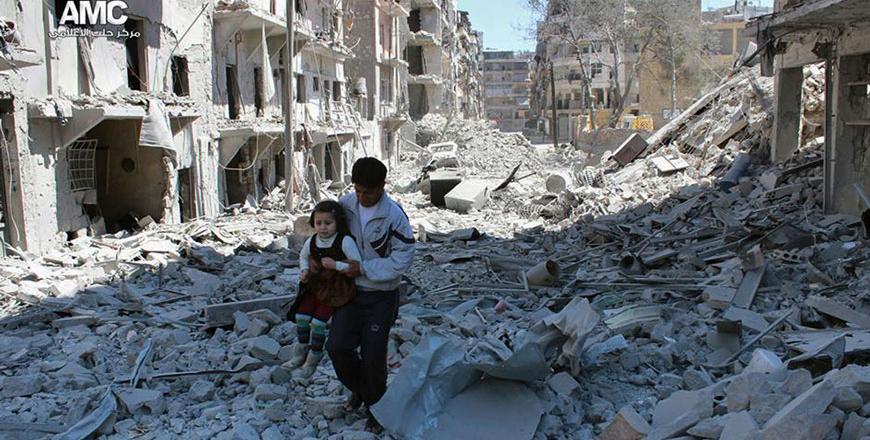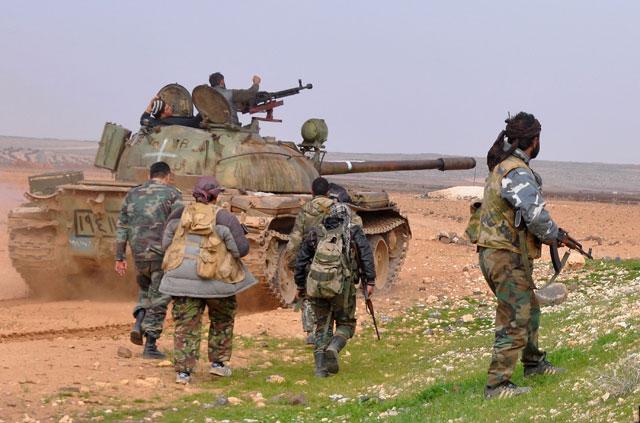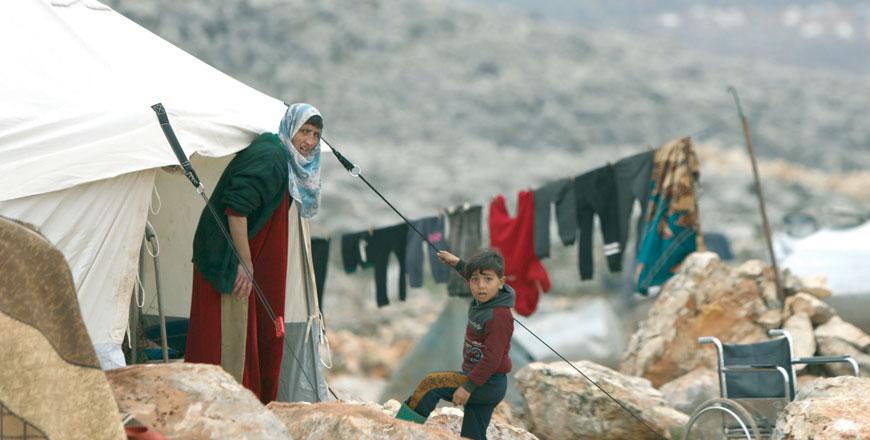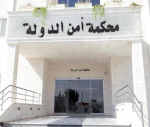You are here
‘Syria mired in conflict driven by foreign powers’
By Reuters - Sep 03,2015 - Last updated at Sep 03,2015

In this April 21, 2014 file photo, provided by the anti-government activist group Aleppo Media Centre, which has been authenticated based on its contents and other AP reporting, shows a Syrian man holding a girl as he stands on the rubble of houses that were destroyed by Syrian government forces air strikes in Aleppo, Syria (AP photo)
GENEVA — Syrians are caught between government bombardment of civilian areas and ruthless Islamist groups in a conflict increasingly driven by foreign powers and marked by the "spread of extremism", UN war crimes investigators said on Thursday.
The Daesh terror group, which controls large parts of northern and eastern provinces, has expanded into the centre and south, instilling terror and committing crimes against humanity, the investigators said.
The latest UN report documenting murders, rapes and abductions committed by all sides between January and July is based on 355 interviews as well as photographs, satellite imagery and medical records.
"A resonant cry for peace and accountability rings out," said the UN commission of inquiry led by Paulo Pinheiro, also urging the world to allow in more desperate Syrian refugees.
"The war is increasingly driven by international and regional powers, primarily in accordance with their respective geostrategic interests," the report said without naming names.
The Syrian army and Lebanese Hizbollah allies are fighting rebels in the four-year-old war and Damascus has received financial and military support from Iran. Syria has blamed some recent insurgent advances on support from Damascus’ enemies Turkey, Qatar and Saudi Arabia.
“The competition among regional powers for influence has resulted...in an alarming exacerbation of the sectarian dimension, instigated by the intervention of foreign fighters and extremist clerics,” the report said.
The government of President Bashar Assad has continued aerial bombing of residential areas of Aleppo, Deir Ezzor, Idlib, Damascus and Deraa, “leading to widespread civilian casualties”. State helicopters have dropped barrel bombs, it added, calling for a halt to the use of illegal weapons.
“Investigations are continuing into the alleged use of chemical weapons, in the form of chlorine and/or phosgene gas, in Sarmin, Saraqeb, Qmenas and Binnish, as well as other towns and villages in Idlib in March and April,” the report said, referring to allegations that barrel bombs containing poisonous gas were dropped in the northwest province.
The investigators, who have interviewed 600 former prisoners since 2011, said: “Almost all have been victims and or witnesses of torture. Many have been present at the death of cellmates.”
“The government is responsible for the deaths of detainees on a massive scale.”
Daesh, whose Syrian stronghold is in Raqqa, has escalated attacks on Homs and Hassakeh provinces, the report said. Its forces have attacked Kurdish communities, the most deadly being in June in Kobani where an estimated 250 civilians were killed.
“ISIS [Daesh] has committed murder, torture, rape, sexual slavery, sexual violence, forcible displacement and other inhumane acts as part of a widespread attack on the civilian population, amounting to crimes against humanity,” it said.
These also constituted war crimes, along with Daesh using children in combat and attacking protected cultural objects.
Jabhat Al Nusra, linked to Al Qaeda, has led rebel gains in Idlib, “imposing its extremist ideology”.
“The commission continues to investigate reports of Daesh fighters throwing gay men off high buildings and their being beheaded by Jabhat Al Nusra,” it said.
A US-led air strike on Beir Mihli in Aleppo in April caused more than 60 civilian casualties, while its assault on Dali Hasan in Aleppo in June killed a family including five children, the report said.
The military objective was not clear in either incident.
Related Articles
BEIRUT — At least 22 civilians have been killed in 48 hours of heavy air strikes by Syria's regime and its ally Russia in northwestern Syria
BEIRUT — Daesh militants battled Syrian insurgents in the northwestern province of Idlib on Friday, a monitoring group and a rebel commander
ISTANBUL — Turkey and Russia exchanged warnings on Wednesday after President Recep Tayyip Erdogan threatened an "imminent" operation in Syri


















